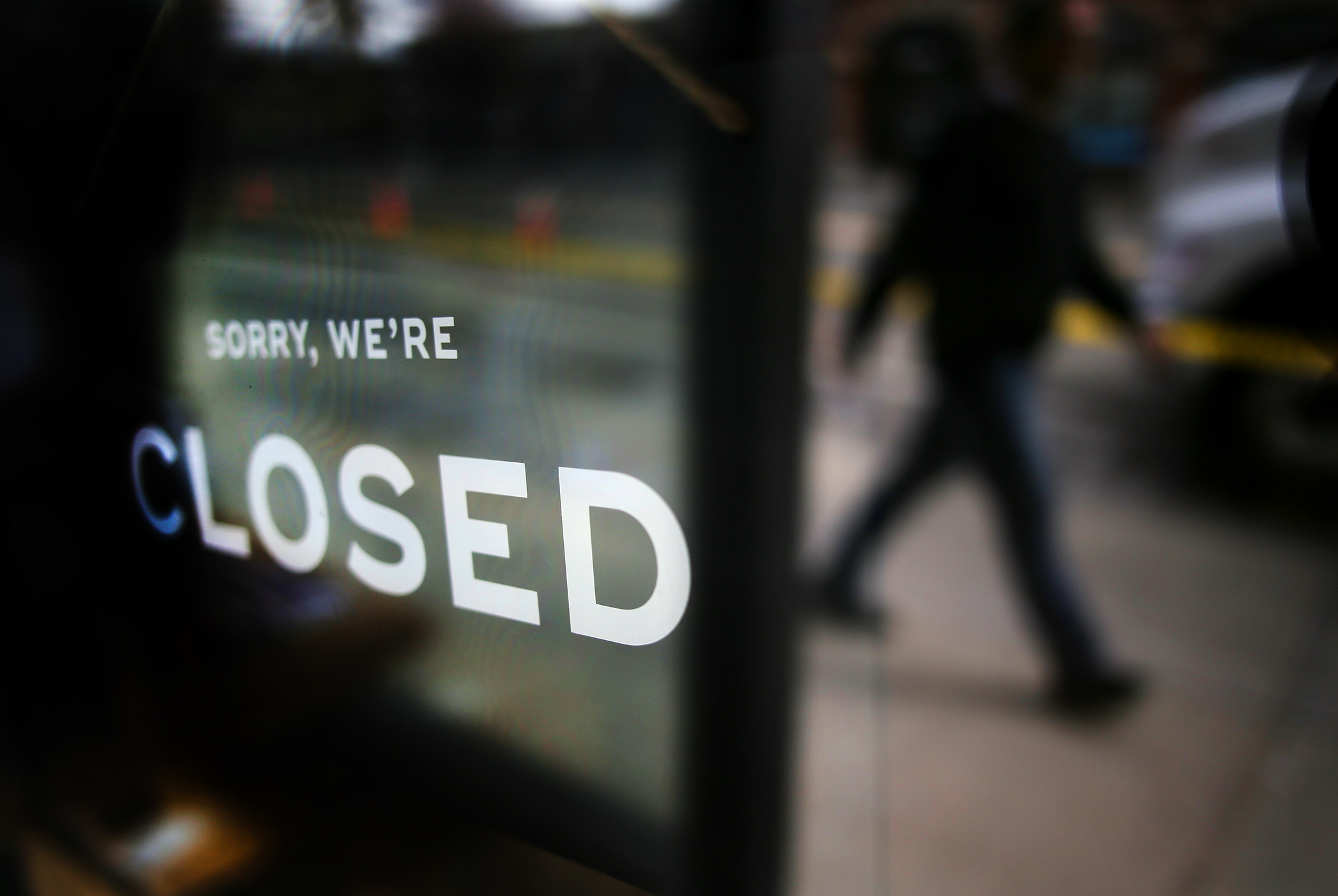With ICU beds beginning to fill up at Massachusetts General Hospital, Dr. Ali Raja says it’s clear the COVID-19 surge has begun in the Bay State.
“It’s like riding a bike uphill,” he told the NBC10 Boston Investigators. “We’re feeling the uphill right now. We might not be at the top, or near the top, but we’re definitely higher than we were before.”
But how severe will the pandemic grow here? Researchers across the country are trying to predict how many people could still get sick and die from the disease. And experts say its trajectory is anything but certain.
For weeks, public health officials have warned Massachusetts would see a spike in cases this month, with the surge arriving between April 10 and April 20. Working with medical experts and epidemiologists from Harvard University, Northeastern and the University of Guelph in Ontario, the state modeled the surge’s timing, and the likely demand on the health care system.
They based their projections on the experience in Wuhan, China – where the pandemic began – and tailored it with factors like lower population density here, and lower smoking rates.
As of earlier this month, the state’s projections showed the number of COVID-19 cases here could range from 47,000 to 172,000, or as much as 2.5 percent of the state’s total population.
But other estimates have ranged widely for what lies ahead in Massachusetts.
One of the most prominent was developed by the Institute for Health Metrics at the University of Washington. IHME’s projections, which have been cited by the White House, offered grim predictions earlier this week for the potential death toll in Massachusetts, pegging the number of possible COVID-19 fatalities here at more than 8,000 by early August.
But that number dropped significantly in the most recent update Friday, which shows between around 1,200 and 9,400 people here could die from the virus during the first wave of infections, with the median number landing at around 3,200. (Massachusetts' death toll stands at 1,404 as of Friday.)
The variability underscores the difficulty in modeling the shape of the pandemic, which is driven not only by biology but also human behavior.
Sam Scarpino, an assistant professor at Northeastern University, said he believes the IHME model doesn’t adequately account for the effectiveness of social distancing measures in Massachusetts.
While the state has shuttered non-essential businesses and closed schools, a stay-at-home advisory issued by the state Department of Public Health is not mandatory, making it weaker in the eyes of the IHME model, Scarpino said.
But mobility data studied by Scarpino and his colleagues shows people in Massachusetts are moving around 80 percent less than normal – a pattern similar to what you might see on a major holiday when most people are at home, such as Christmas, Scarpino said.
“This kind of mobility reduction is predicted to successfully flatten the curve and prevent hospital systems from being overwhelmed,” he said.
Other experts caution models are just a best guess.
“Models are not destiny,” said William Hanage, an associate professor of epidemiology at the Center for Communicable Disease Dynamics at the Harvard T.H. Chan School of Public Health. “They are a possible future, and they can be used to explore the expected impact of making changes to avoid some of the worst futures that we have.”
Hanage said you don’t need a perfect model to know the virus is deadly, and the time to act is now.
“What you need to do is look at the facts,” he said. “The facts are things like Wuhan. The facts are things like northern Italy. ... Because the virus has shown us what can happen, we should take steps to avoid that in our own community.”
More on the Coronavirus Surge
Get Boston local news, weather forecasts, lifestyle and entertainment stories to your inbox. Sign up for NBC Boston’s newsletters.



